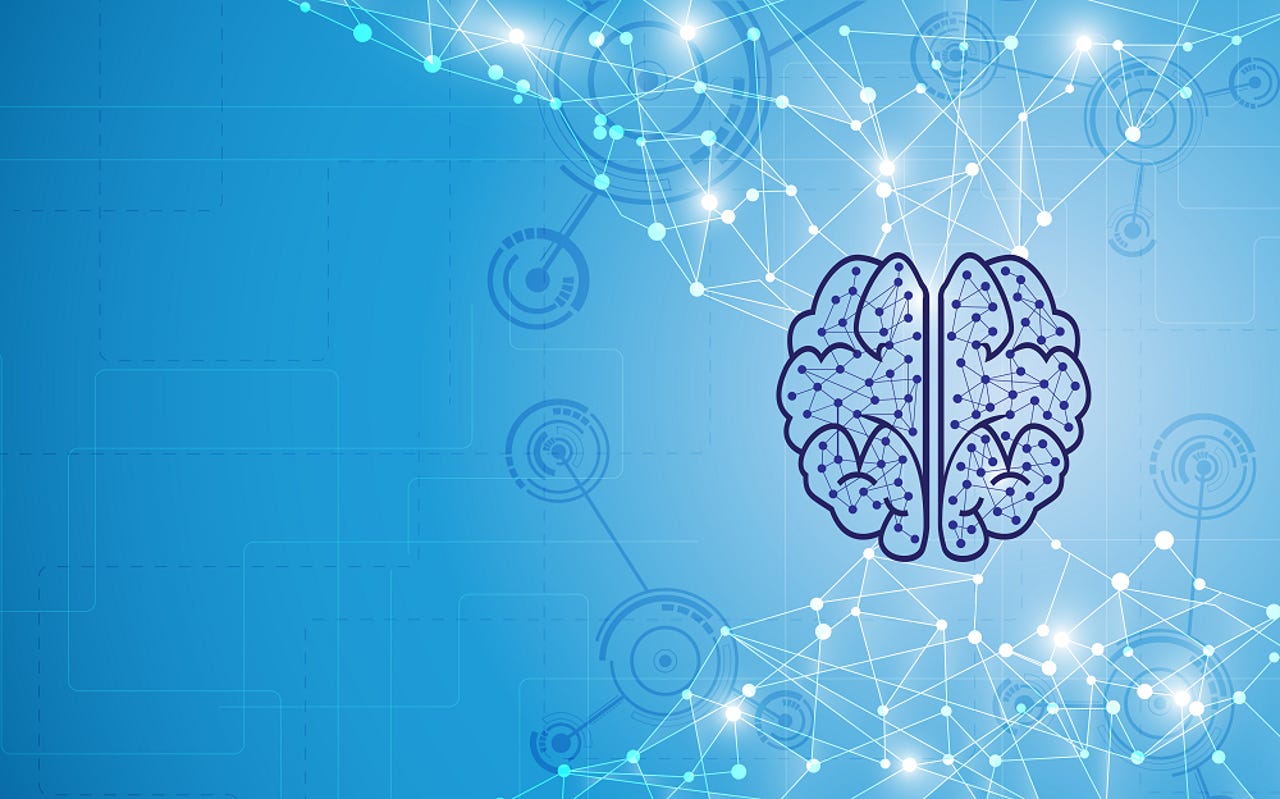How tech is transforming manufacturing


A lot of industries are seeing dramatic changes in processes because of rapid technological developments underway, and manufacturing is clearly one of them.
Advances in areas such as sensors for the Internet of Things (IoT), machine learning, 3D printing, virtual reality (VR) and augmented reality (AR) are providing opportunities for companies to be more innovative in how they make and repair products.
Featured
The sector "is undergoing a transformation that can reduce manufacturing costs, improve production efficiency and reduce the carbon footprint of manufacturing facilities," said Tom Coughlin, founder of consulting firm Coughlin Associates and a senior member of the IEEE.
This transformation is enabled by increases in the power and reduction of the cost of semiconductor products, including microprocessors of many types and integrated sensors for many environmental characteristics. Much of this is being driven by the growth of the Internet of Things (IoT).
"IoT in manufacturing processing will lead to considerable improvements in management and control of manufacturing facilities," Coughlin said. "This increasing collection of manufacturing data combined with various machine learning technologies will result in higher product yields, control of energy and material costs and more flexible production environments."
Another technology having a big impact is 3D printing. This capability "is revolutionizing product development and prototyping, and with the increase in available materials, allowing some on-site repair of equipment," Coughlin said.
VR will allow immediate visualization of finished products used in their intended application, Coughlin said, and AR is being used to inform workers and managers on the status of manufacturing processes as well as provide real-time display of repair manuals at the point of repair.
Artificial intelligence (AI), combined with augmented reality, will provide real-time knowledge of factory status to managers and equipment and product status information to factory workers, Coughlin said. Design and production engineers can collaborate on the intended use and assembly of products using 3D printing and virtual reality visualization.
"These tools will enable factory workers to be far more productive and allow tighter control of costs, yields as well as energy and material use," Coughlin said.
As a result of the improvements enabled by these newer tools, companies can expect to see a direct financial impact.
"Use of these technologies in manufacturing will increase the return on investment of manufacturing facilities, due to the enhanced ability to anticipate and correct issues," Coughlin said. "Improvement in the ability of design and production engineers in the use of products in realistic simulated environments will result in products better suited for their intended consumer use."
In addition, better control of factories should result in lower defect rates and as a result better products for consumers with fewer returns.
The impact goes well beyond the manufacturing companies themselves, however.
"These technologies are transforming our lives and will ultimately impact every element of daily life, from better design and manufacturing of products to education, entertainment and health care," Coughlin said. "Used correctly AI, 3D printing, AR/VR, and the IoT will have an enormous positive impact on our lives, reduce the costs of products and services, and enhance our ability to understand and control the world around us."
The business reality of VR and AR: